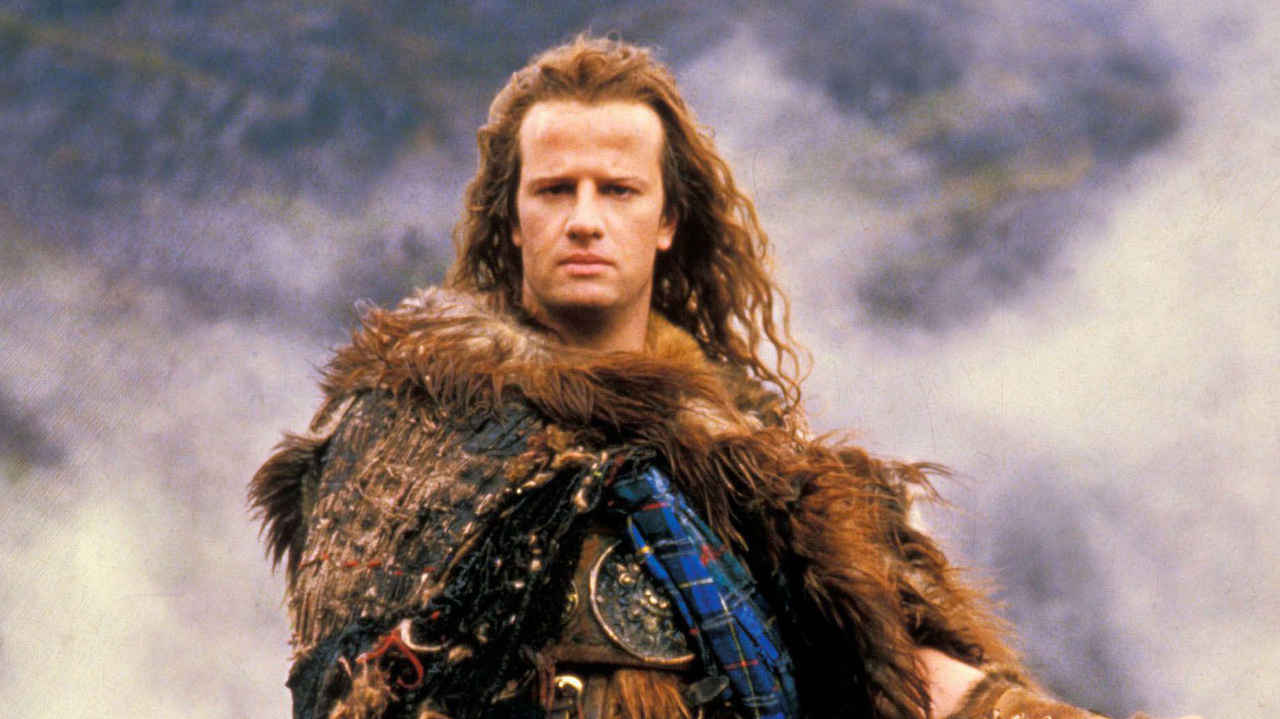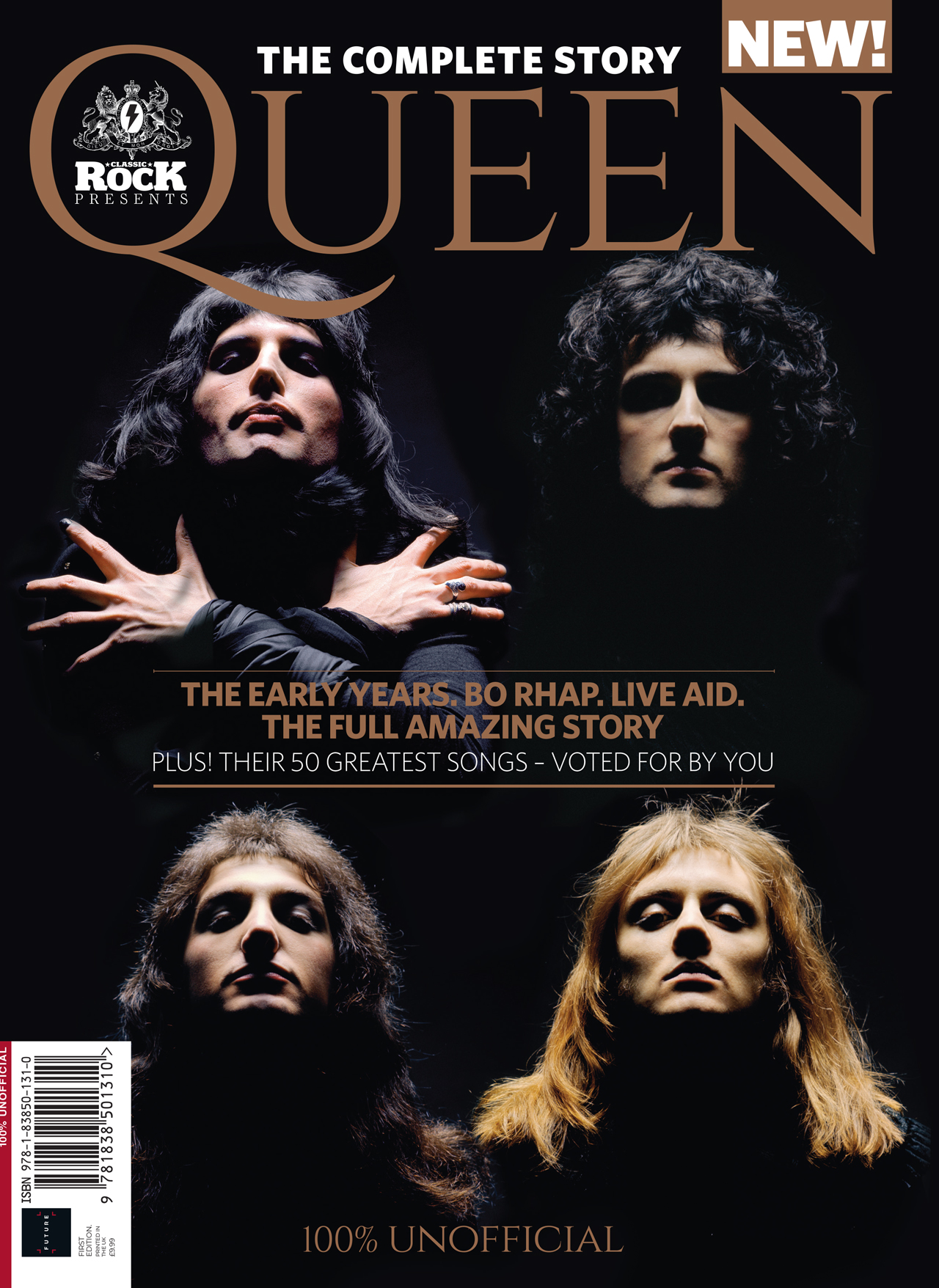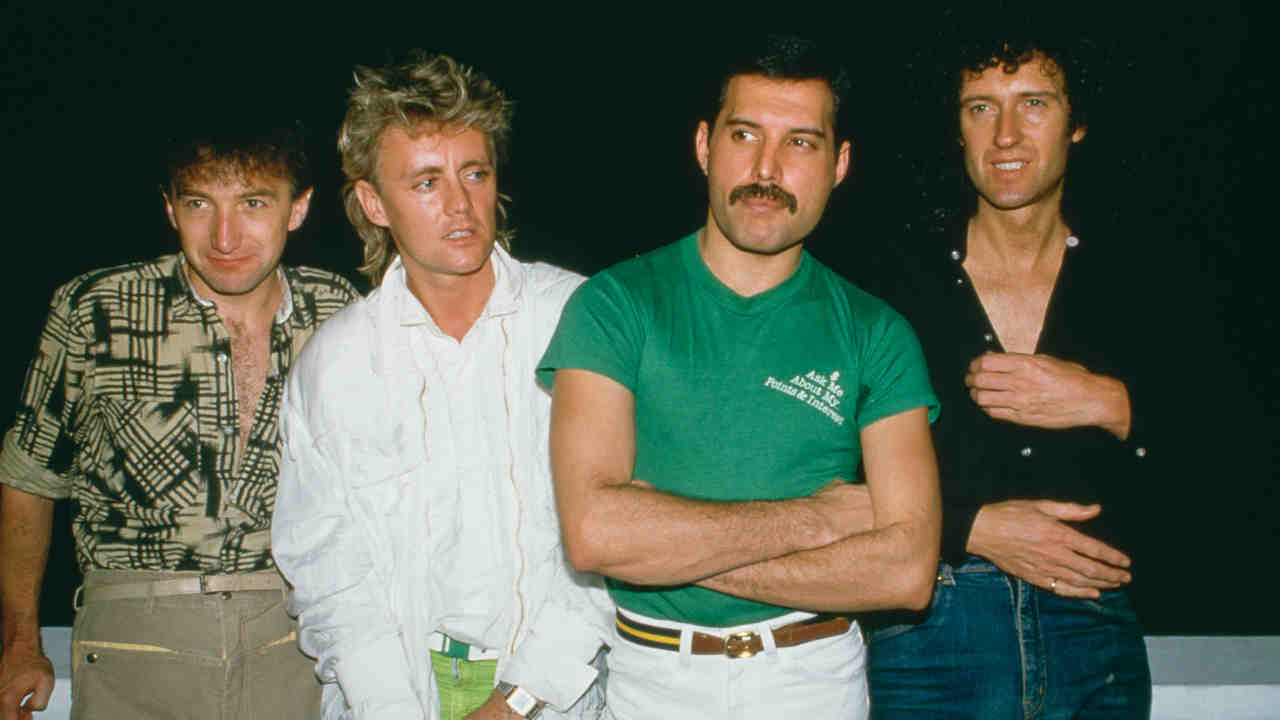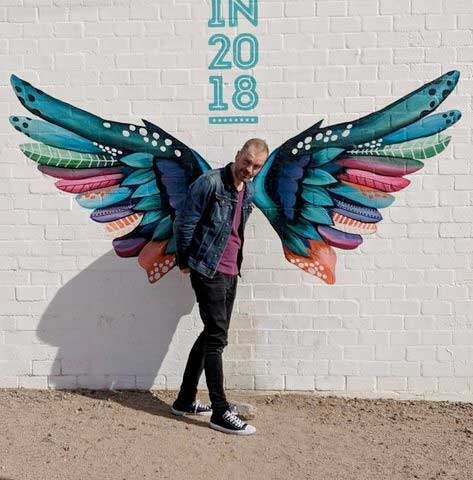“I’m thinking to myself, ‘Freddie Mercury is cooking me breakfast”: how Queen and James Bond turned Highlander into one of the great cult movies of the 80s
Director Russell Mulchay looks back on the classic 80s movie Highlander and its Queen soundtrack


Russell Mulcahy remembers attending a typically opulent party at Freddie Mercury’s West London mansion, Garden Lodge, sometime in the mid-80s. After the festivities wound down, Mulcahy crashed in one of the singer’s many guest rooms. He was woken the next morning by the bedroom door opening. It was the host, in ebullient mood.
“He went, ‘Come on dear, come downstairs, I’m making you breakfast,’” Mulcahy tells Classic Rock. “And so I’m in his kitchen, just him and me, he’s making me eggs and bacon. I’m sitting thinking to myself, ‘Freddie fucking Mercury is cooking me breakfast. Wow.’ It was so surreal.”
Mulcahy was no stranger to working with stars of the Queen singer’s calibre, even if they weren’t normally frying up a couple of rashers of Danish for him. The Australia-born filmmaker had made his name as the wunderkind director behind groundbreaking promo videos for the likes of Duran Duran, Elton John and Rod Stewart before graduating to full-length movies.
His first film had been low-budget homicidal-pig-in-the-outback horror flick Razorback, released in 1984. But it was a very different film two years later with which he made his name – and provided his entry to the world of Queen.
Highlander was a time-hopping sci-fi fantasy in which a group of immortal beings battled each other with large swords, each ultimately trying to decapitate the rest. If the premise sounded preposterous, the cast list was anything but – it starred rising French actor Christopher Lambert as the film’s protagonist, 15th Scottish clansman Connor MacLeod, and former James Bond Sean Connery as his mentor, a Spanish-Egyptian buccaneer named Juan Sánchez-Villalobos Ramírez.
It also had a solid gold soundtrack featuring five new songs from Queen, whose career was back on a vertiginous post-Live Aid upswing. The songs would appear later that year Queen’s new album, A Kind Of Magic, an unofficial soundtrack to the movie that would become the band’s most successful studio album of the decade.
“Queen’s music was the icing on it,” says Mulcahy, as he prepares to look back at this cult classic. “I couldn’t have hoped for a better band.”
Sign up below to get the latest from Classic Rock, plus exclusive special offers, direct to your inbox!

How did you get involved with Highlander?
I had done videos for Duran Duran, who were on EMI. And EMI were connected to Highlander in some way. So they sent me the script and I read it and totally fell in love with it. I went for a meeting and it went fantastically, and they said, “OK, great, you’re in.” And that was that.
How did you pick Christopher Lambert for the leading role?
Well, we were sitting around going, “Who’s going to play the Highlander?” And the obvious list of the usual Top 20 in-demand actors from that time got passed around. Then I was flipping through this magazine and I came across this photo of Christopher from Greystoke, the Tarzan film. He had the most incredible eyes – they had this eerie immortality about them. So we met him, he loved it… and that’s when we found out he could hardly speak a word of English! So we had a French guy playing a Scotsman and a Scotsman playing a Spaniard. (Laughs) Who cares!
The real-life Scotsman would be Sean Connery. What was he like?
I remember going off to meet Sean, who had read the script, at the Savoy Hotel in London. I get to the door and my knees are shaking, I’m pissing my pants, I’m petrified. All I can think is, “Oh my god, I’m going to meet 007.” And the doors opens and there’s this six foot three man standing there. He invites me in, we have a coup of tea and sandwich, and he turned out to be the most wonderful, wonderful gentlemen. He was into it a hundred per cent.

It’s a fairly crazy plot. Did he tell you what he saw in it?
Yes, it was a crazy story, this fantasy that spanned centuries. But the thing that grabbed me, and grabbed everyone, was that there was a tragic romance to it. This guy MacLeod falls in love with a girl in Scotland in the 1500s. He can’t get old and die, but she does. So he can never really fall in love again. It was this wonderful tragic love story.
What was it like working with Connery?
It was fantastic. I remember we got on a small plane to go up to Glencoe in Scotland, where we were filming. He gets in there, hands me a little glass, pulls out a bottle this very special Scotch someone had made for him. He said, “You’ve got to try some of this, laddie”, and he gives me a shot. My god, this thing must have been 300 per cent proof or whatever the fuck it was. I was singing the blues all the way up to Scotland.
What was the shoot itself like?
Brilliant fun, but there was one hairy moment. The was one sequence featuring the Kurgan [the film’s towering barbarian villain]. It was the big entrance, where he bashes through the door of this fort and says, “Where’s the Highlander?”
Clancy Brown, the actor who played The Kurgan, was meant to leap from the stairs and cut this table in half. But this was Clancy’s first day of filming with Sean, and he was so nervous. As he bashed through the door, he didn’t cut the table straight down like he was supposed to, he swiped across it. This candelabra went flying over the crew, the sword breaks and a shard flies over Sean’s head. At which point Sean quietly walked off the set.
Poor Clancy’s in the corner, going, “What the fuck have I done?” Sean’s in his trailer, he’s taken his costume off, and he says to me, “You need to talk to this young lad, because that’s not what we rehearsed.” And him and Clancy had a chat. Clancy was so apologetic, but Sean understood, and everyone was the best of friends again.
Clancy Brown was the perfect person to play The Kurgan – big, menacing, strange-looking…
He was totally into it. There’s a bit in the film where his head is shaved, and he was totally into that. He would sit there, taking bits of pins and sticking them into his costume. I went, “What are you doing?” And he says, “It’s all part of the ritual man, Kurgan’s ritual.” I’m, like, “Okay, whatever, sounds good…”
Can we talk accents? What instructions did you give to people, given that none of the actors were from where there characters were meant to come from…
With Sean we both agreed we didn’t want to force any accents. When you get Sean Connery, you get Sean Connery. He didn’t attempt to do any Spanish-Egyptian thing. That would have faked it out a bit – I mean, come on, it was Sean Connery. The rationale is addressed in the movie. There’s one scene where a cop says to Christopher Lambert, “You talk funny, where you from?” And he replies, “Lots of different places.” These guys have lived hundreds of years. They’ve probably lived in every bloody country in the world.
How did Queen’s involvement in the soundtrack come about?
I loved Queen, I was a huge fan of their music, and I really loved the soundtrack they had done to Flash Gordon. So we contacted them and I think they were a little sceptical at first, but we invited them over to the edit studio in London and we showed them 20 minutes of cut footage – six or seven different scenes. All the band came over, and they came out and said, “That’s really cool.” So I thought we’d get one song out of them. But two days later we got the message back that they all wanted to write a song: Freddie wanted to write as song, Roger wanted to write a song, so did Brian and John. I ended up getting five songs in the end, which was amazing.
Were they your first choice? There’s a rumour that Marillion were in the running to do it.
I think there was some talk of Duran Duran being involved early on. I love Duran Duran, but we wanted something with a heavier edge. Queen had that, but then they also gave us a song like Who Wants To Live Forever, which was just beautiful. I also got Freddie to do New York, New York, which he didn’t want to do: “Oh god, come on…” I had to convince him. There’s a snippet of it in the film, where MacLeod crosses the bridge at the end.
What was Freddie Mercury really like? Did you get to see a different side of him to the person up on stage?
He was the most wonderful man. Actually, I was just living round the corner from his house in Earl’s Court at that point, so I’d go and see him for lunch and just sit and chat and laugh. We became good friends. Same with Roger and Brian,.
Did you stay in touch with them?
Yes, especially with Freddie. We became really close friends. We’d go out and see opera and ballet – he loved that stuff. He also became friends with John Taylor from Duran Duran. Me and Freddie and John would go out with Roger Taylor from Queen. Or they’d turn up at my place and we’d play cards until 4am.
Were you happy with the finished movie?
The studio didn’t meddle with me too much. The American version is different – they cut out a few scenes, like the French scene, where he keeps getting stabbed by thee guy. They also cut the World War 2 scene where he [McLeod] saves the girl who becomes his secretary later in the. Cutting it out was ridiculous – you didn’t understand why Lambert was so passionate about here. He viewed this woman like his daughter.
How do you look back on Highlander these days?
It was a complete delight, because I loved the genre. I loved the romance of it, the scope of it, I loved the music, the costumes. And when we filmed in Scotland, the Scots themselves were magnificent. I’m delighted that people are still talking about it.
This originally appeared in Classic Rock Special: Queen. Order it online and have it delivered straight to your door
Dave Everley has been writing about and occasionally humming along to music since the early 90s. During that time, he has been Deputy Editor on Kerrang! and Classic Rock, Associate Editor on Q magazine and staff writer/tea boy on Raw, not necessarily in that order. He has written for Metal Hammer, Louder, Prog, the Observer, Select, Mojo, the Evening Standard and the totally legendary Ultrakill. He is still waiting for Billy Gibbons to send him a bottle of hot sauce he was promised several years ago.

